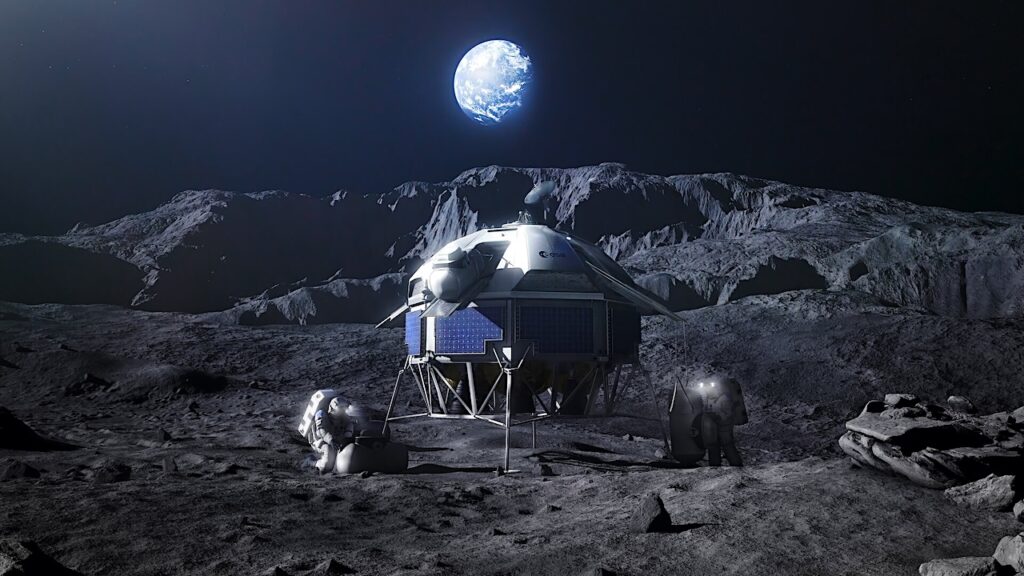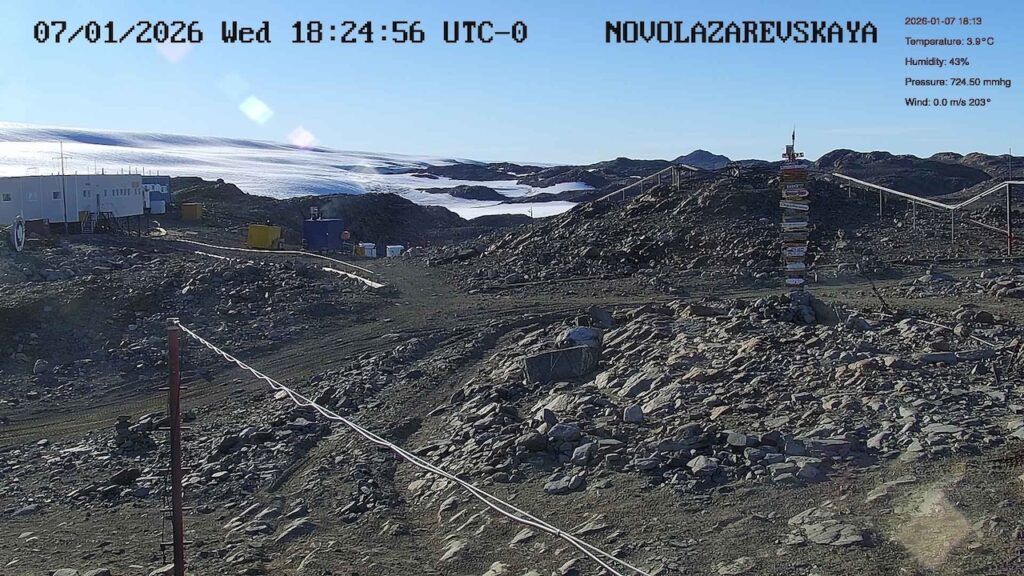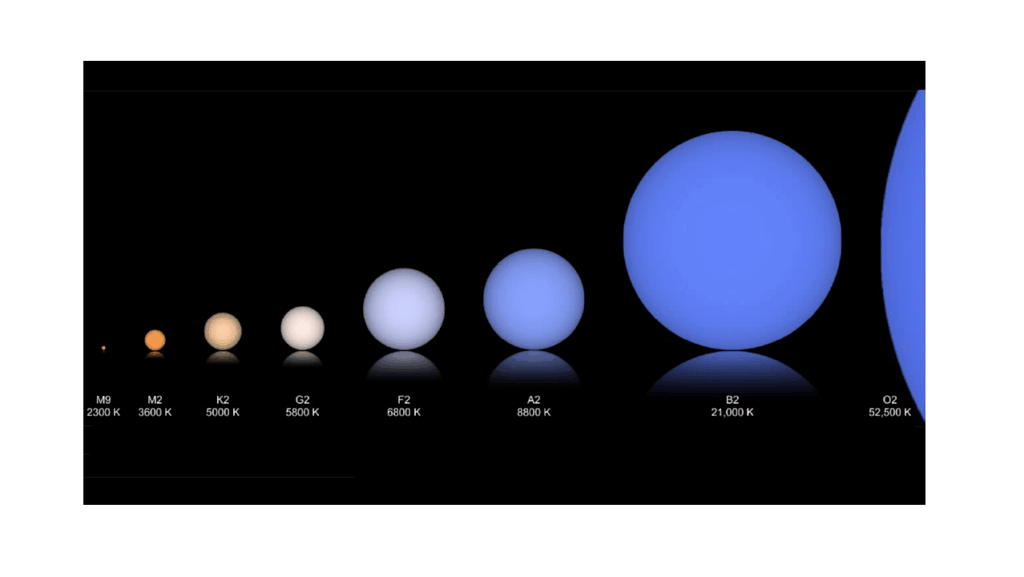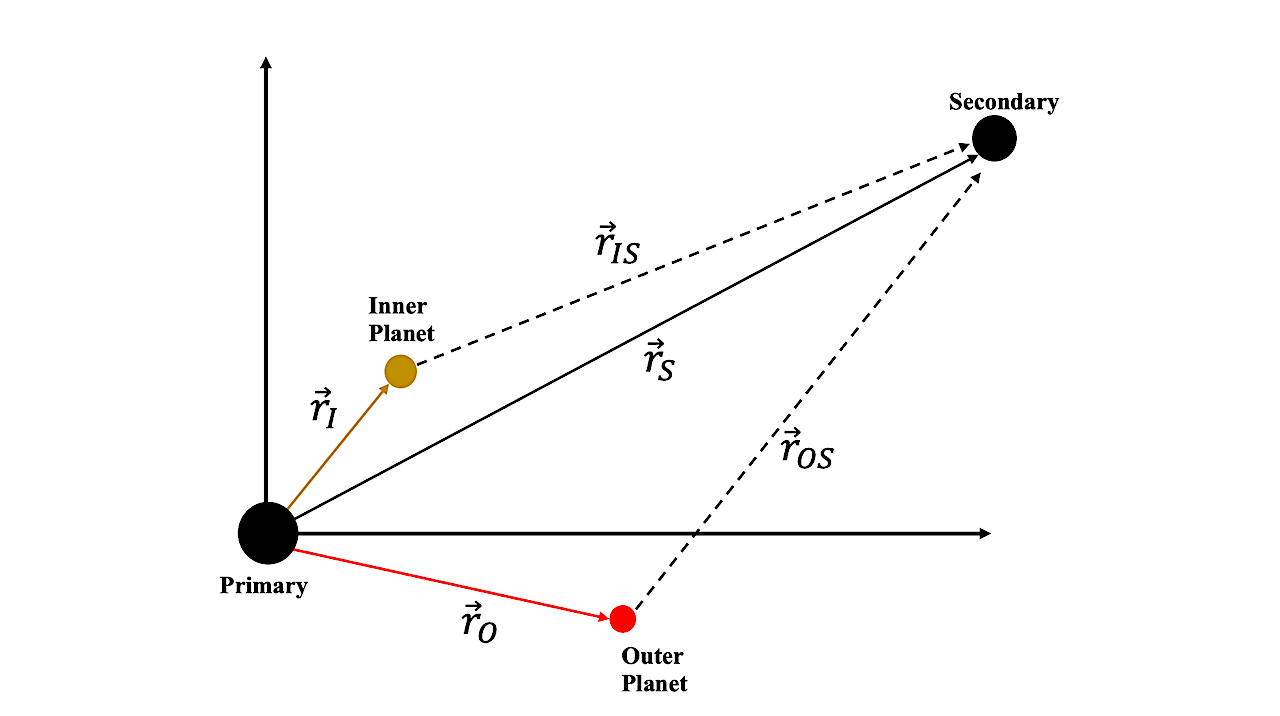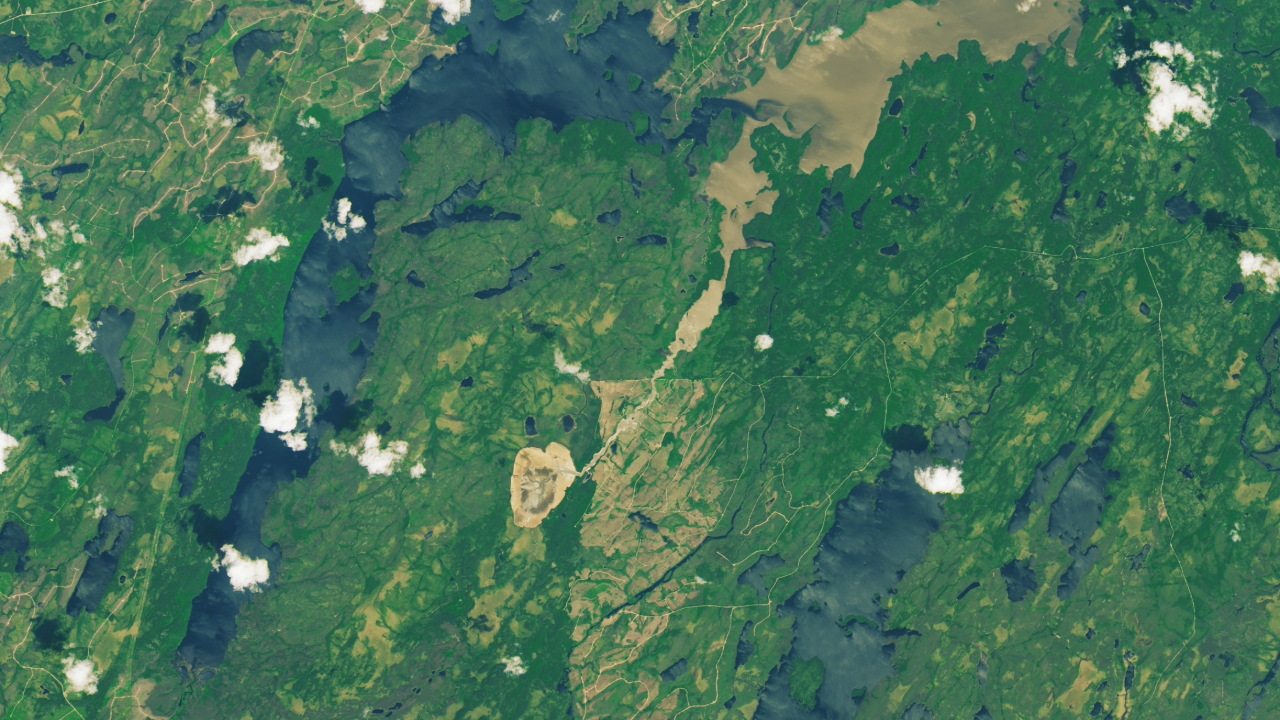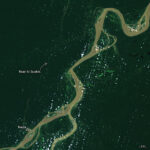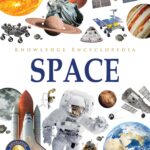Now Reading: Near-InfraRed Planet Searcher (NIRPS) Joining HARPS At ESO 3.6 m. On-sky Performance And Science Objectives
-
01
Near-InfraRed Planet Searcher (NIRPS) Joining HARPS At ESO 3.6 m. On-sky Performance And Science Objectives
Near-InfraRed Planet Searcher (NIRPS) Joining HARPS At ESO 3.6 m. On-sky Performance And Science Objectives
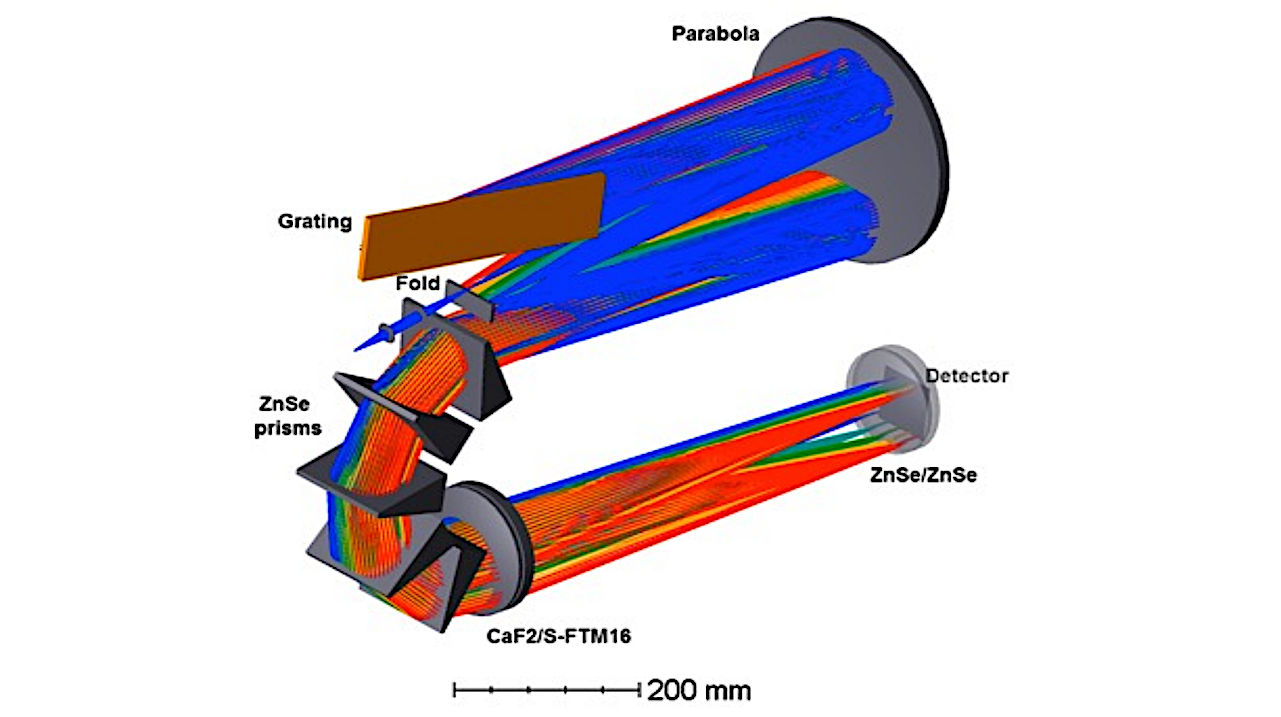

Schematic view of the optical design and layout of the NIRPS spectrograph and its components. — astro-ph.IM
The Near-InfraRed Planet Searcher (NIRPS) is a high-resolution, high-stability near-infrared (NIR) spectrograph equipped with an AO system.
Installed on the ESO 3.6-m telescope, it was developed to enable radial velocity (RV) measurements of low-mass exoplanets around M dwarfs and to characterise exoplanet atmospheres in the NIR.
This paper provides a comprehensive design overview and characterisation of the NIRPS instrument, reporting on its on-sky performance, and presenting its GTO programme. The instrument started its operations on 1 Apr 2023 after intensive on-sky testing phases. The spectral range continuously covers the Y, J, and H bands from 972.4 to 1919.6 nm.
The thermal control system maintains 1 mK stability over several months. The NIRPS AO-assisted fibre link improves coupling efficiency and offers a unique high-angular resolution capability with a fibre acceptance of only 0.4 arcsec. A high spectral resolving power of 90 000 and 75 000 is provided in HA and HE modes, respectively.
The overall throughput from the top of the atmosphere to the detector peaks at 13 percent. The RV precision, measured on the bright star Proxima with a known exoplanetary system, is 77 cm/s. NIRPS and HARPS can be used simultaneously, offering unprecedented spectral coverage for spectroscopic characterisation and stellar activity mitigation.
Modal noise can be aptly mitigated by the implementation of fibre stretchers and AO scanning mode. Initial results confirm that NIRPS opens new possibilities for RV measurements, stellar characterisation, and exoplanet atmosphere studies with high precision and high spectral fidelity.
NIRPS demonstrated stable RV precision at the level of 1 m/s over several weeks. The instrument high throughput offers a notable improvement over previous spectrographs, enhancing our ability to detect small exoplanets.
Francois Bouchy, Rene Doyon, Francesco Pepe, Claudio Melo, Etienne Artigau, Lison Malo, Francois Wildi, Frederique Baron, Xavier Delfosse, Jose Renan De Medeiros, Rafael Rebolo, Nuno C. Santos, Gregg Wade, Romain Allart, Khaled Al Moulla, Nicolas Blind, Charles Cadieux, Bruno L. Canto Martins, Neil J. Cook, Xavier Dumusque, Yolanda Frensch, Frederic Genest, Jonay I. Gonzalez Hernandez, Nolan Grieves, Gaspare Lo Curto, Christophe Lovis, Lucile Mignon, Louise D. Nielsen, Anne-Sophie Poulin-Girard, Jose Luis Rasilla, Vladimir Reshetov, Danuta Sosnowska, Michael Sordet, Jonathan Saint-Antoine, Alejandro Suarez Mascareno, Simon Thibault, Philippe Vallee, Thomas Vandal, Manuel Abreu, Jose L. A. Aguiar, Guillaume Allain, Tomy Arial, Hugues Auger, Susana C. C. Barros, Luc Bazinet, Bjorn Benneke, Xavier Bonfils, Anne Boucher, Vincent Bourrier, Sebastien Bovay, Christopher Broeg, Denis Brousseau, Vincent Bruniquel, Marta Bryan, Alexandre Cabral, Andres Carmona, Yann Carteret, Zalpha Challita, Bruno Chazelas, Ryan Cloutier, Joao Coelho, Marion Cointepas, Uriel Conod, Nicolas B. Cowan, Eduardo Cristo, Joao Gomes da Silva, Laurie Dauplaise, Antoine Darveau-Bernier, Roseane de Lima Gomes, Daniel Brito de Freitas, Elisa Delgado-Mena, Jean-Baptiste Delisle, David Ehrenreich, Joao Faria, Pedro Figueira, Dasaev O. Fontinele, Thierry Forveille, Jonathan Gagne, Ludovic Genolet, Felix Gracia Temich, Olivier Hernandez, Melissa J. Hobson, Jens Hoeijmakers, Norbert Hubin, Farbod Jahandar, Ray Jayawardhana, Hans-Ulrich Kauf, Dan Kerley, Johann Kolb, Vigneshwaran Krishnamurthy, David Lafreniere, Pierrot Lamontagne, Pierre Larue, Henry Leath, Alexandrine L Heureux, Izan de Castro Leao, Olivia Lim, Allan M. Martins, Jaymie Matthews, Jean-Sebastien Mayer et al. (34 additional authors not shown)
Comments: 26 pages, 32 figures, published in A&A, 2025, 700, A10
Subjects: Instrumentation and Methods for Astrophysics (astro-ph.IM); Earth and Planetary Astrophysics (astro-ph.EP)
Cite as: arXiv:2507.21767 [astro-ph.IM] (or arXiv:2507.21767v1 [astro-ph.IM] for this version)
https://doi.org/10.48550/arXiv.2507.21767
Focus to learn more
Journal reference: Bouchy et al. 2025, A&A, 700, A10
Related DOI:
https://doi.org/10.1051/0004-6361/202453341
Focus to learn more
Submission history
From: Francois Bouchy
[v1] Tue, 29 Jul 2025 12:50:24 UTC (13,472 KB)
https://arxiv.org/abs/2507.21767
Astrobiology
Stay Informed With the Latest & Most Important News
Previous Post
Next Post
-
 01From Polymerization-Enabled Folding and Assembly to Chemical Evolution: Key Processes for Emergence of Functional Polymers in the Origin of Life
01From Polymerization-Enabled Folding and Assembly to Chemical Evolution: Key Processes for Emergence of Functional Polymers in the Origin of Life -
 02Two Black Holes Observed Circling Each Other for the First Time
02Two Black Holes Observed Circling Each Other for the First Time -
 03How New NASA, India Earth Satellite NISAR Will See Earth
03How New NASA, India Earth Satellite NISAR Will See Earth -
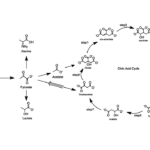 04Thermodynamic Constraints On The Citric Acid Cycle And Related Reactions In Ocean World Interiors
04Thermodynamic Constraints On The Citric Acid Cycle And Related Reactions In Ocean World Interiors -
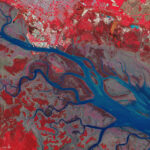 05Φsat-2 begins science phase for AI Earth images
05Φsat-2 begins science phase for AI Earth images -
 06Hurricane forecasters are losing 3 key satellites ahead of peak storm season − a meteorologist explains why it matters
06Hurricane forecasters are losing 3 key satellites ahead of peak storm season − a meteorologist explains why it matters -
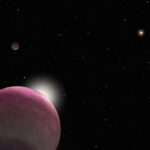 07Binary star systems are complex astronomical objects − a new AI approach could pin down their properties quickly
07Binary star systems are complex astronomical objects − a new AI approach could pin down their properties quickly












